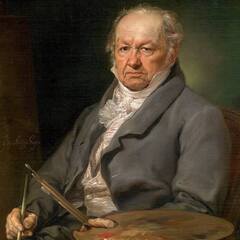-
Featured Topics
-
Topics
-
Nightmare-Rex ·
Posted in Windows0 -
7
-
2
-
Master_Kilvin ·
Posted in New Builds and Planning0 -
1
-
Foure ·
Posted in Networking1 -
PowerPCFan ·
Posted in Windows10 -
clutchmaster ·
Posted in Tech News6 -
2
-
Steve_6502 ·
Posted in CPUs, Motherboards, and Memory1
-


.png.255947720031a641abdac78e663b681c.png)















Create an account or sign in to comment
You need to be a member in order to leave a comment
Create an account
Sign up for a new account in our community. It's easy!
Register a new accountSign in
Already have an account? Sign in here.
Sign In Now